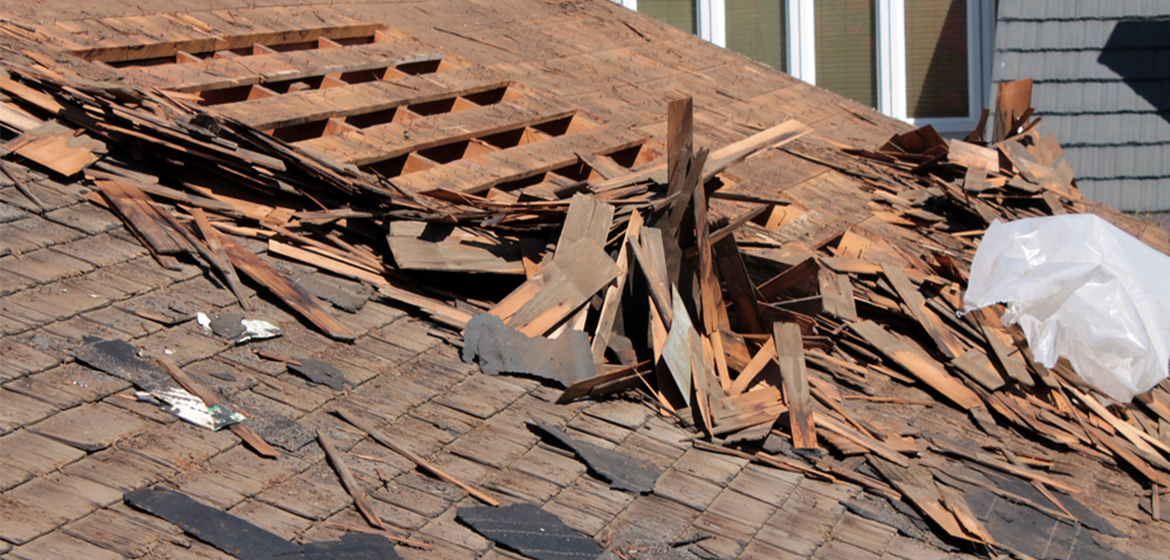Unveiling Roof Damage: 5 Common Wind-Related Issues You Should Claim

Roof damage caused by wind is a prevalent issue that homeowners often encounter, especially in areas prone to severe weather conditions. When wind-related damage affects your roof, filing a roof damage claim becomes essential to ensure proper repairs and prevent further issues. Understanding the types of roof damage caused by wind and the steps to claim compensation can help homeowners navigate the process more effectively. In this article, we’ll unveil five common wind-related roof damage issues that warrant a claim and offer insights into successfully navigating the roof damage claim process.
Missing or Damaged Shingles
Strong winds can lift and tear off shingles from your roof, leaving it vulnerable to leaks and water damage. Missing or damaged shingles compromise the roof’s integrity and can lead to more extensive issues if not addressed promptly. When you notice shingles scattered around your property after a windstorm, it’s a clear sign that a roof damage claim is necessary to cover the cost of repairs.
Curling or Buckling Shingles
High winds can also cause shingles to curl or buckle, which compromises their ability to protect your home from the elements. Curling or buckling shingles expose the underlying layers of the roof to potential water damage, mold growth, and structural issues. When you observe shingles that are no longer lying flat, it’s advisable to initiate a roof damage claim to address the problem before it worsens.
Leaks and Water Intrusion
Even if the wind itself doesn’t cause visible damage, it can create openings that allow water to seep into your home. Leaks and water intrusion can lead to extensive damage to your property’s interior, including walls, ceilings, and insulation. If you notice signs of water damage, such as stains or damp spots on your ceilings or walls, filing a roof damage claim is crucial to prevent further deterioration.
Lifted Flashing and Seals
Windstorms can lift flashing and seals around vents, chimneys, and other roof protrusions, leaving gaps that allow water to enter. Lifted flashing compromises the waterproofing of these vulnerable areas, potentially leading to leaks and further damage over time. If you spot any gaps or lifted flashing on your roof, it’s essential to include these issues in your roof damage claim to ensure comprehensive repairs.
Hail Damage and Granule Loss
While hail damage is often associated with severe storms, strong winds can carry hail and cause damage to your roof. Hail impact can lead to granule loss on shingles, weakening their protective properties. Even if the damage isn’t immediately apparent, hail impact can reduce the lifespan of your roof. It’s recommended to have your roof inspected after a storm and include any hail-related damage in your roof damage claim.
Wind-related roof damage can have a significant impact on the integrity of your home and your overall comfort. Recognizing the common issues caused by wind, such as missing shingles, curling shingles, leaks, lifted flashing, and hail damage is essential for homeowners seeking to file a roof damage claim.
When faced with roof damage after a windstorm, homeowners should take prompt action to document the damage, initiate repairs, and file a claim with their insurance provider. Working with an experienced roofing contractor and understanding the claims process can ensure that you receive fair compensation for the repairs needed to restore your roof’s integrity.
By unveiling the common wind-related roof damage issues that warrant a claim and understanding the steps to navigate the process effectively, homeowners can ensure that their homes are well-protected and that any necessary repairs are addressed promptly. Remember that addressing roof damage promptly not only prevents further issues but also safeguards the structural integrity and value of your property.